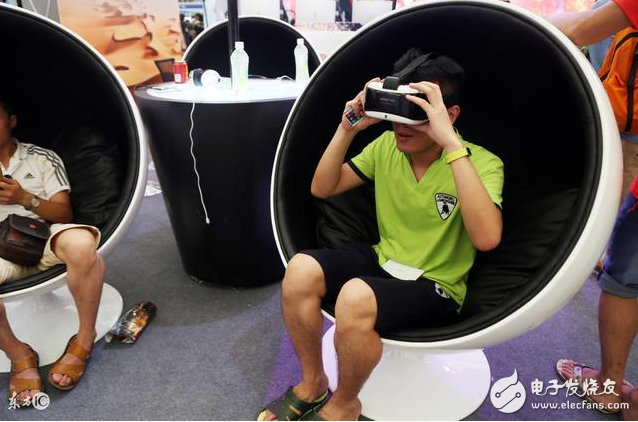Virtual Reality (VR) is a technology that uses computer-generated simulations to create an immersive three-dimensional environment, where what you see is entirely artificial. This allows users to feel as if they are physically present in a virtual world. To experience VR, you typically need specialized equipment such as a VR headset (like a data helmet), motion tracking devices, data gloves (such as 5DT), and sometimes full-body motion capture systems. One of the most well-known platforms for VR is Google Daydream, which was introduced at the Google I/O conference. The platform consists of three main components: a VR mode that enhances mobile phone performance, a headset and remote control designed specifically for smartphones, and a content platform offering a wide range of VR experiences.
Daydream is not just for gaming—it's also used in various fields like medicine, where it helps with surgical simulations and training. It's also applied in military training, interior design, and industrial engineering, making it a versatile tool beyond entertainment.
Augmented Reality (AR), on the other hand, enhances the real world by overlaying digital information—such as images, videos, sounds, or 3D objects—onto the physical environment. Unlike VR, which replaces the real world with a simulated one, AR adds virtual elements to the real world, creating a more interactive and enriched experience. AR is often developed using platforms like Google’s ARCore for Android and Apple’s ARKit for iOS. These tools allow developers to build applications that can run on compatible devices, which usually require at least Android 7.0 or iOS 11.
The essential equipment for AR is a smartphone camera, as it serves as the primary interface for capturing and blending real-world visuals with digital content. AR has found its way into many areas, from entertainment and gaming to education and healthcare. For example, AR games allow players to interact with virtual characters in real-world settings, while AR filters in social media apps let users add virtual accessories during live streams.
In the medical field, AR is used for procedures like surgery planning and patient education. In the military, it supports training scenarios and navigation. Even in water management and surveying, AR provides valuable tools for visualization and analysis.
Now, here's a question for you: Is the image below showing AR or VR? Take a look and think about what makes it different.

Outdoor Cabinet Air Conditioner
Industrial Air Conditioner,Cabinet Heat Exchanger,Peltier Air Conditioner,Industrial Aircon
Guangdong Yuqiu Intelligent Technology Co.,Ltd , https://www.cntcetltd.com